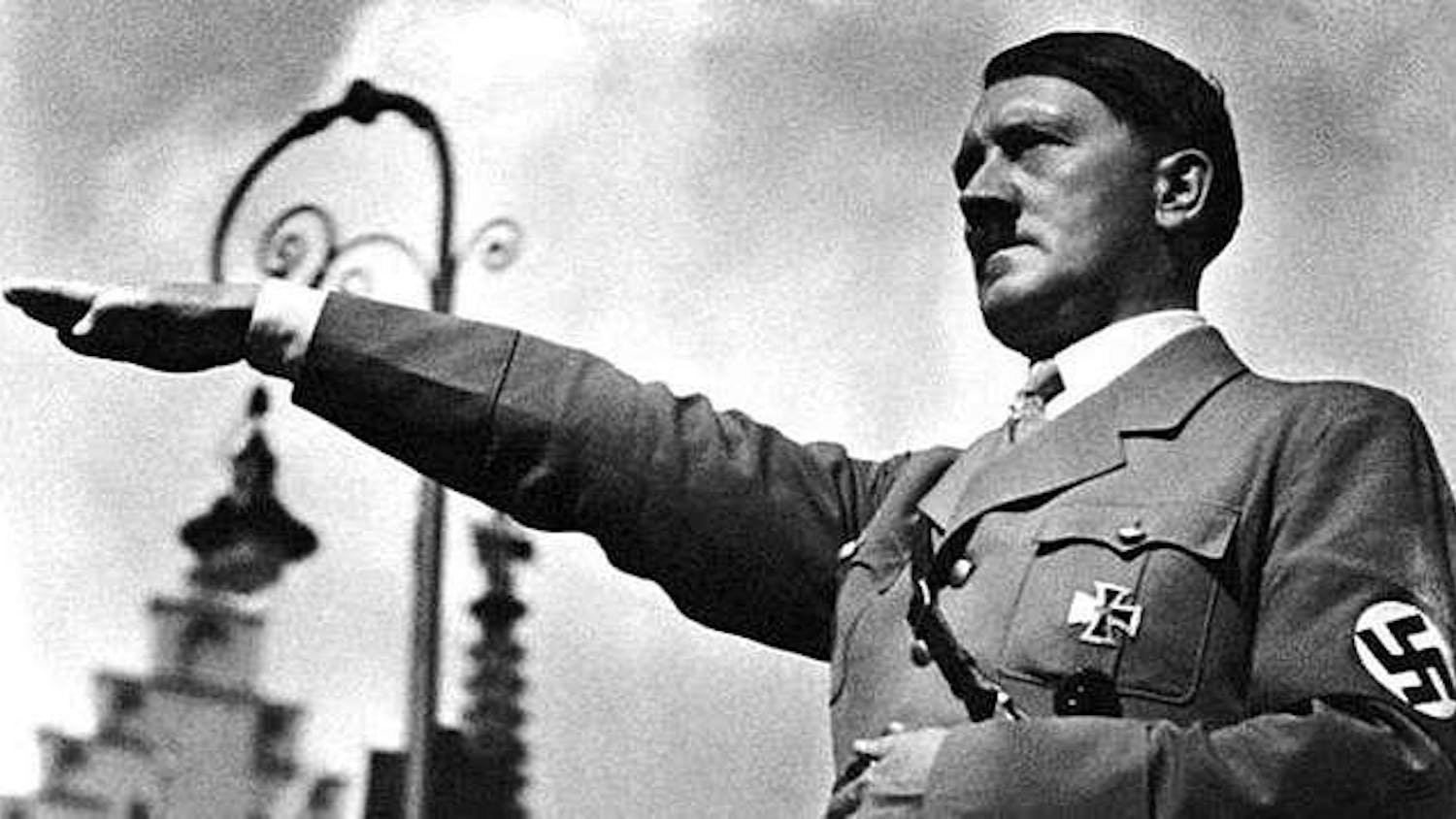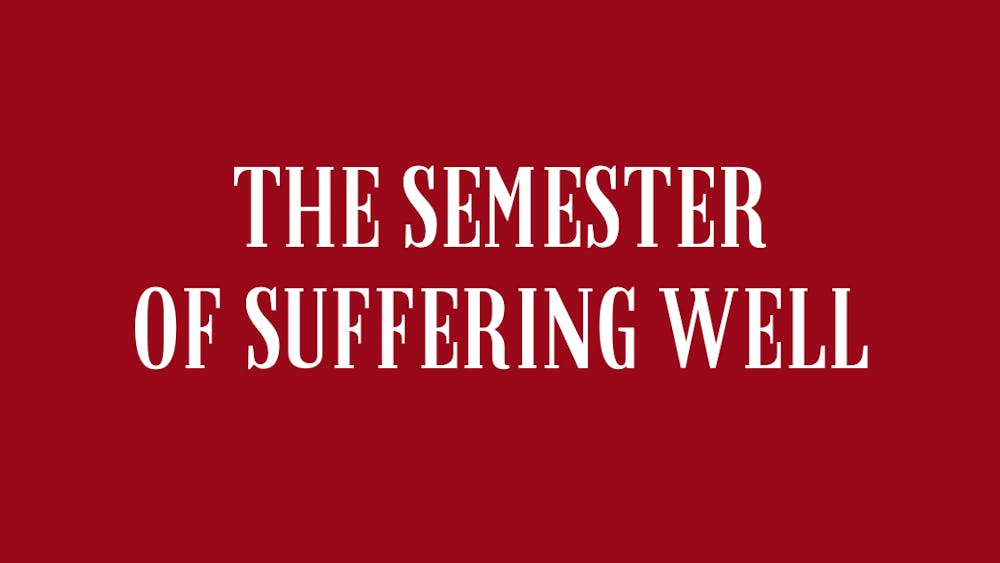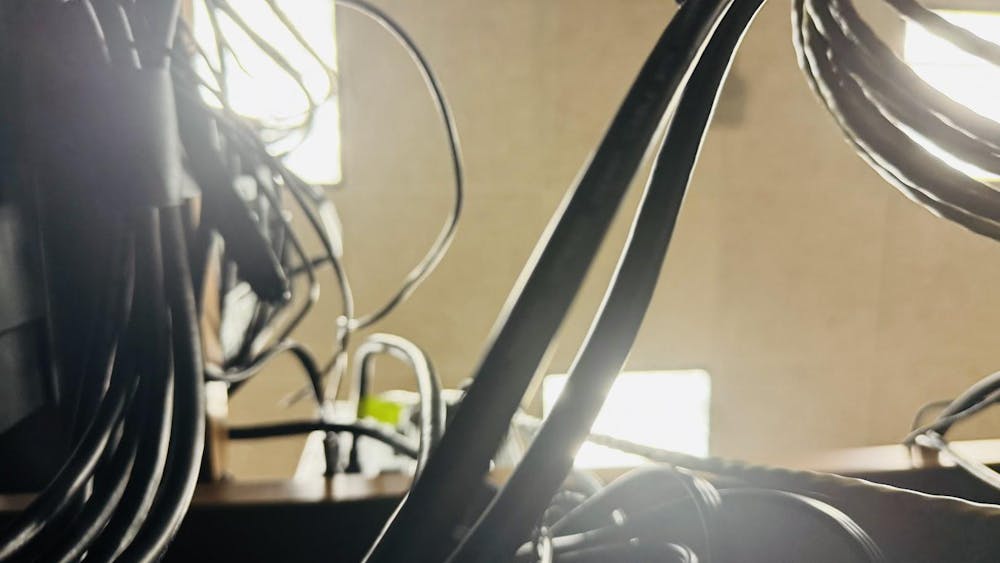After reading Mimi Teixeira’s Viewpoint article “Is income inequality that bad?” I was initially pretty shocked — Did the author really suggest this issue, despite decades of literature on its effects in the United States, is insignificant?
After all, Ms. Teixeira wrote, “Why does it matter how much the richest person in the country has, so long as the rest of the country lives comfortably?” and “There was a time when only the rich could afford refrigerators, phones and computers. … Today, most working Americans have the same basic appliances and necessities as the rich.” She’s on the right track — our current income inequality would matter less if everybody really could live comfortably and have our basic appliances and necessities, but unfortunately, that’s far from reality.
The problem is, just by looking at the people around you and claiming we’ve all got it pretty good is marginalizing the 14.8 percent (46.7 million) of people in poverty and especially the 21.1 percent of children in poverty. And while the majority of Americans might have refrigerators in their homes, the USDA classifies 14 percent of American households as food insecure — not having enough money to put food in those cheaper and cheaper refrigerators every week. Everybody isn’t living comfortably in the status quo.
Mentioning tech entrepreneurs and how their inventions have made our lives easier or naming more “equal” countries and saying you’d prefer the United States does not address the issue. There’s nothing wrong with the mega-rich, and some inequality will exist in any capitalistic system. But Bill Gates would be one of the first to agree there needs to be change in the status quo, and there are various countries in the study cited with a lower inequality ranking and a higher Human Development Index ranking And that doesn’t even address the fact that we shouldn’t look at significantly smaller countries in comparison. For true progress, we need to compare ourselves to what we could be, not what we were or what others are. All other comparisons are just red herrings.
Despite this, Ms. Teixeira does bring up one good point — we need to look at opportunity inequality and social mobility. The problem is that we cannot separate the issues. Increasing income inequality is what is currently contributing to growing immobility.
The difficulty of our current income inequality comes in the relative change between the two ends of the spectrum. While Ms. Teixeira tries to paint a picture where the upper, middle and lower classes are all prospering, there’s a different effect in the real world. According to the Pew Research Center, the middle class has been shrinking for decades, and the gap between the top and bottom is the biggest it has been in 45 years. And when it starts affecting opportunity inequality and social mobility, then it’s definitely a problem that needs to be addressed.
One of the core ideals of our government is that citizens should have the ability to influence public policy. In a study by Martin Gilens in Public Opinion Quarterly that aggregates voting data from 1981-2002, on issues where the preferences of the middle/lower classes conflict with the upper class, such as “raising the minimum wage” or “extending unemployment benefits during periods of high unemployment,” it’s the upper class that will get their preferences heard when policy decisions are made, not the rest of America. After all, one of the biggest contributors to opportunity inequality and social immobility is the fact that wages have not kept up with the growing cost of living. Despite Ms. Teixeira claim that the “standard of living inequality has shrunk,” there’s nothing further from the truth.
When it comes to backing a policy, Gilens found there was a 30 percent greater chance of change when the rich (which he defined as the top 10 percent) supported a policy and only a six percent greater chance when the middle class did the same. The fact that the top 10 percent of Americans have five times more influence than the majority middle class should be alarming, especially on issues that affect the rest of America the most. With growing income inequality, this trend will continue to rise. And this is all while ignoring the millions of Americans in the lower class — the study concludes that there is a “complete lack of government responsiveness to the preferences of the poor.” But hey, at least they can afford “refrigerators, phones and computers,” right?
The idea that our current level of income inequality is a non-issue because conditions today are better than they were in “1920 or even 1980,” or that America has it better off compared to other countries is disturbing. Ms. Teixeira ignores the problems of the system itself — it is also politically marginalizing a large proportion of our population, creating social immobility and increasing opportunity inequality.
Don’t get me wrong; inequality isn’t inherently bad. There will always be inequality in any capitalistic system, but the problem is when inequality rises to a level where it starts doing more harm than good. Trying to paint a world where “basic appliances and necessities” and economic growth are mutually exclusive only reinforces the “I got mine” attitude and ignores millions of struggling Americans.
While there is legitimate criticism of the Sanders or Obama stances on dealing with the current inequality, we cannot claim it is a non-issue. There absolutely needs to be a discussion on the effects of current income polarization in the U.S. Trying to shift the issue to opportunity inequality and social mobility without looking at income inequality ignores the root of the problem and takes away a voice for the rest of us.













